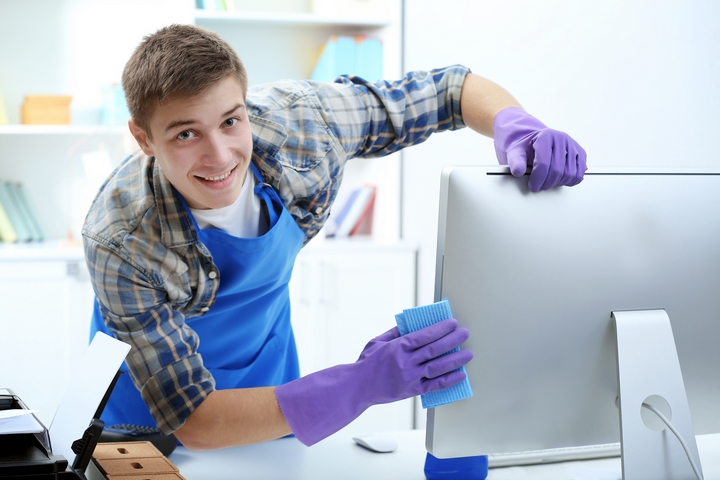
An office sees an influx of people enter and exit every day. Each person is coming from their homes, and, as we saw throughout the pandemic, it is very easy to spread germs and bacteria between people in a workplace. Offices and business spaces were common places where outbreaks of COVID-19 occurred.
If you’re in an office, disinfecting kills and eliminates many bacteria, viruses, and contagions. Here is what you need to know about how to disinfect your office.
Schedule and Train Employees
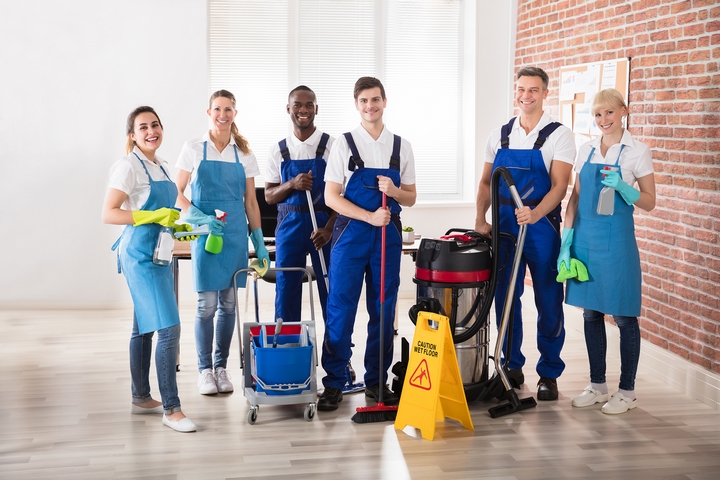
Create a schedule for cleaning and disinfecting. List all tasks that have to be completed. Ensure the commercial cleaning service overseeing disinfecting your office is fully trained. They should understand how to apply cleaner or disinfectant.
When there is no schedule, tasks get pushed off. Employees who are not properly trained may do their best, but they could accidentally compromise the disinfection process by not doing it correctly.
Wear The Correct PPE
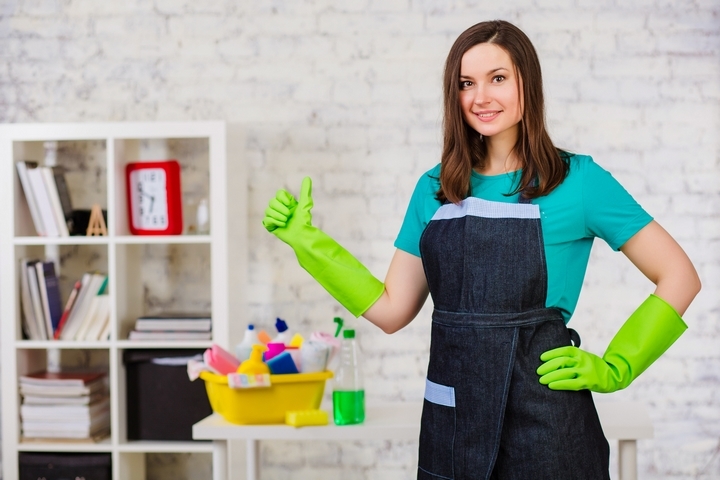
Some disinfectants can be strong, chemical-filled, requiring personal protective equipment, such as gloves, goggles, and ventilation, among other precautions.
For most disinfectants, though, what you will need is gloves to protect your hands. It shouldn’t take much more than that to protect yourself. However, it might. Always follow the instructions on all safety precautions.
What You Can Use As Disinfectant
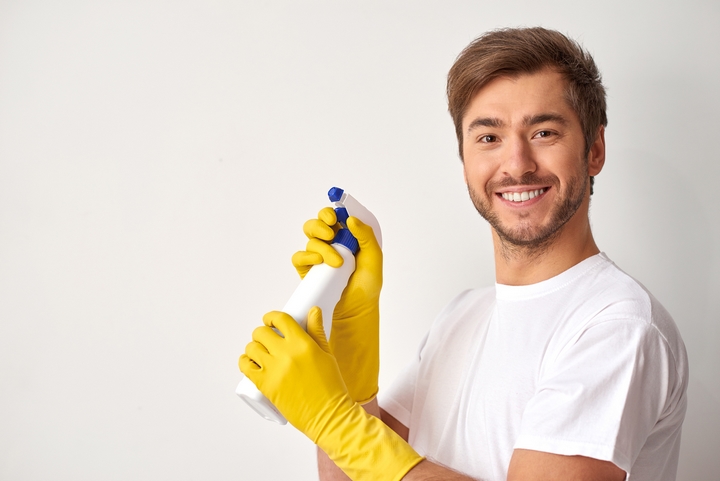
You can buy a commercial-grade disinfectant. This can be convenient and certainly works. An office may also opt to make their disinfectant or purchase a product that can be used as a disinfectant.
Sodium hypochlorite, aka bleach or chlorine, can be used at a concentration of 0.1%. This can be interpreted as 1 part of 5% strength household bleach to 49 parts water. This is extremely diluted, as it should be. For disinfection, you can also use pure alcohol at 70-90% concentration.
How a Disinfectant Works
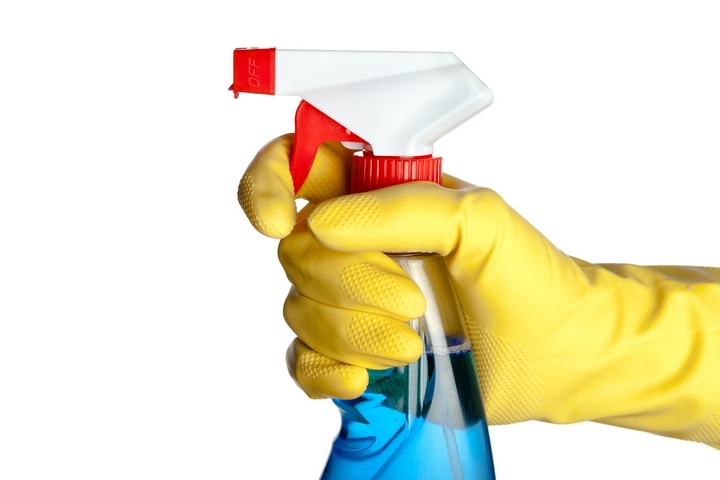
A disinfectant does not work like a soapy cleaner. A cleaner simply sprays and wipes. This is because soap works to loosen what’s on a surface, and it is then wiped away. It does not kill. Disinfectants kill, however.
It takes time to do that, and it will say on the bottle of disinfectant how long. So instead of a spray and wipe, a disinfectant will be more along the lines of spray, wait 5 minutes, then wipe. In those 5 minutes, is the disinfectant working.
Disinfectant Aren’t Cleaners
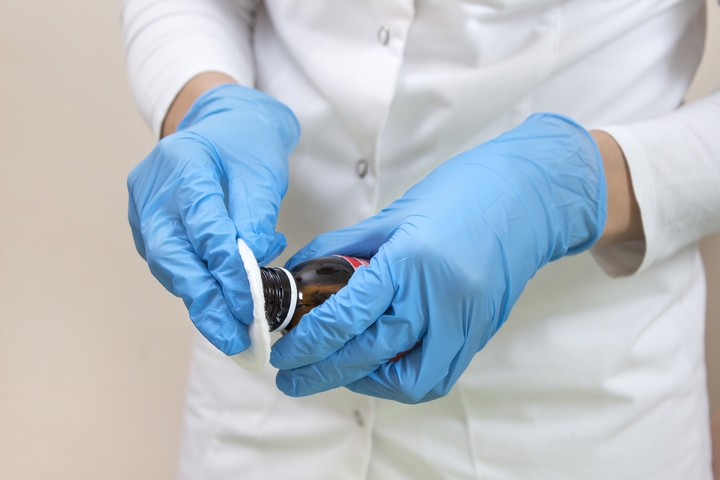
To add to the prior point, disinfectants are not cleaners. They aren’t meant to clean a surface. Disinfectants are germ killers. They are no replacement for cleaners which should still be used liberally to wash away all the dirt, debris, and stuff covering a surface.
Ideally, you clean first, removing all the obvious dirt. Then, apply the disinfectant after the cleaner’s done being used. This sort of combination will be what keeps your office clean from top to bottom.
Where to Disinfect In The Office
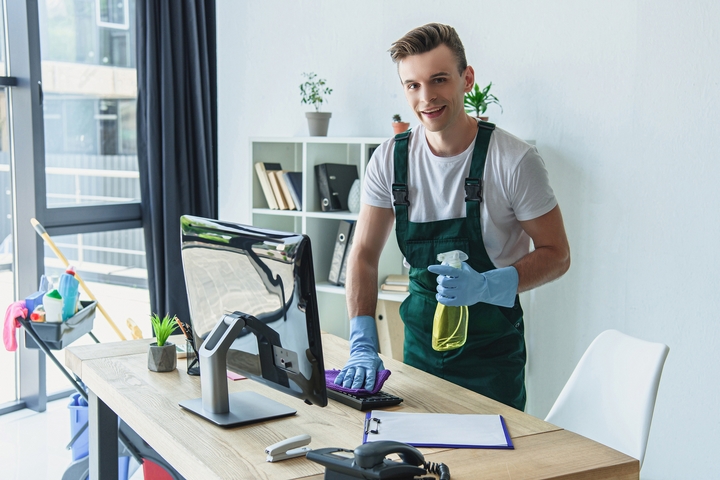
Though the entirety of your office should be cleaned and disinfected regularly, some areas may need more attention. In an office, disinfect any high-traffic areas (including seating areas and common rooms), poorly ventilated spaces, and where there isn’t clear access to hand sanitizer or hand-washing. These are all spots to cover in your disinfection routines for the office.
Disinfect All High-Touch Surfaces
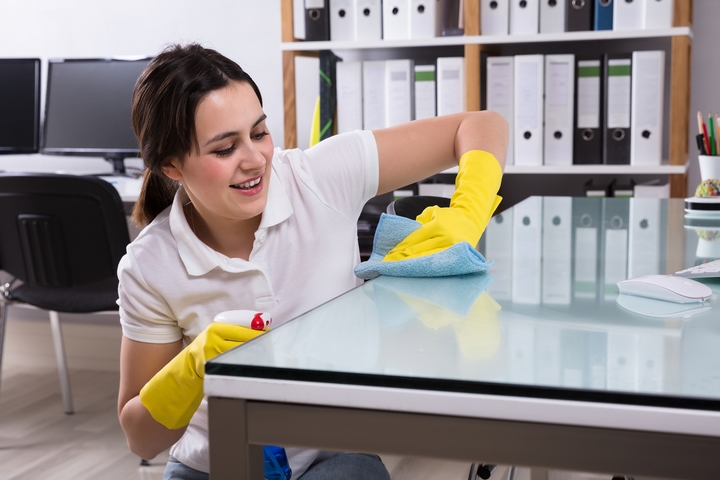
Look around the office for surfaces that are being touched most often by people. Areas like the light switch, thermostats, door handles or drawer handle, tabletops, keyboards, computer monitors, and the community kitchen. These are spots that should be cleaned and disinfected daily.
Be sure to follow the instructions for your disinfectant, as some require a few minutes of exposure before being wiped for them to work.
What Not to Do With Disinfectants
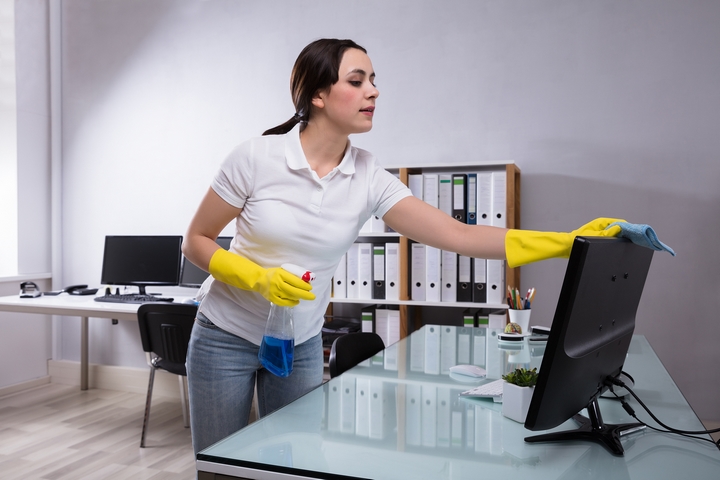
There is a lot you do not want to do with disinfectants. Do not mix them with other products or chemicals. Be careful with that, as mixing can produce toxic fumes. Do not eat, drink or breathe disinfection products into the body or apply them directly to the skin.
Store all disinfectants and cleaners properly, out of reach of children and pets, in a secluded area. Some disinfectants may need to be diluted in water. If that’s the type of disinfectant you have, ensure you use room temperature water at the amount recommended on the label.
Ventilate The Room Afterward
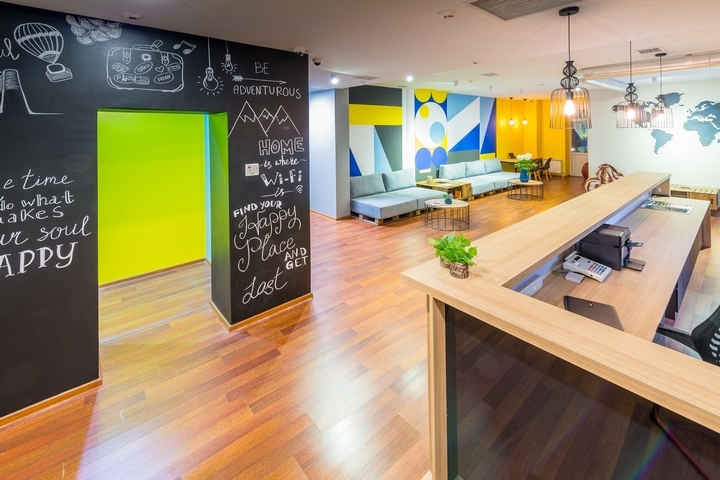
When you are done disinfecting, always get the ventilation going. You need the fumes to leave and the fresh oxygen to come in. Especially for people with asthma and other respiratory conditions, disinfectants can be a trigger.
Even if you do not have asthma, you may discover feelings of physical irritation in the throat from overexposure to chemicals. This is why some will argue that using natural cleaners over disinfectants is gentler and easier.
